Exploring a Plant-Based Diet
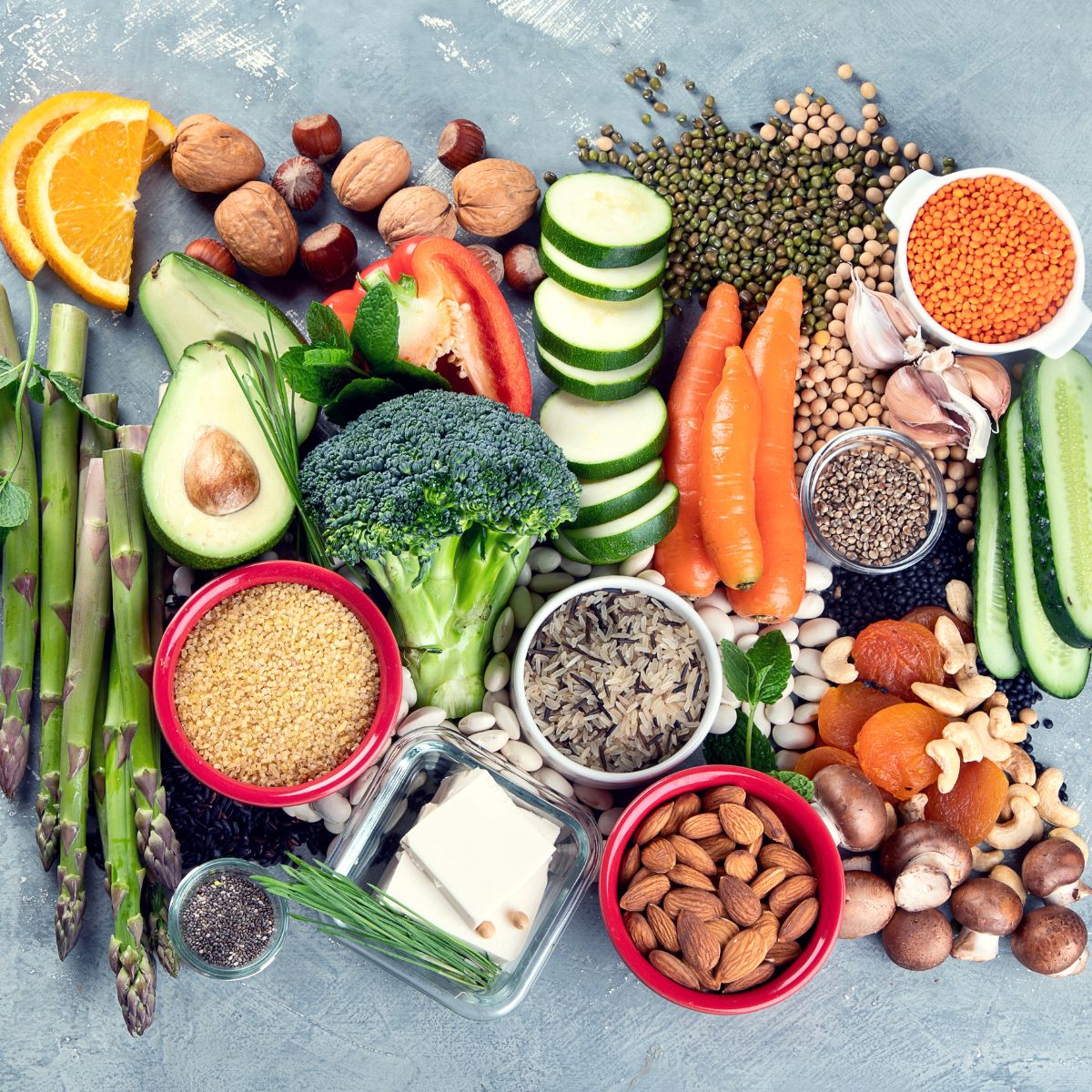
Tips and Resources for Getting Started with A Plant-Based Diet.
Healing, satisfying, nourishing and delicious. Are those the words you would immediately think of as describing a plant-based diet? If not, you might want to think again. As the experts I went to affirmed what I’ve already learned firsthand, a plant-based diet is more than just a way of eating, it’s a way of life, a way of healing and a way of looking at the world around you. As we help you to explore different ways of eating here at Peppermint Tea & Me, a whole foods plant-based diet is something that I hope you’ll at the very least come to understand a little better, and at most, possibly embrace for yourself. If so, these tips and resources for getting started with a plant-based diet will help to make your transition easier and will help to put you on a path to lifelong wellness.
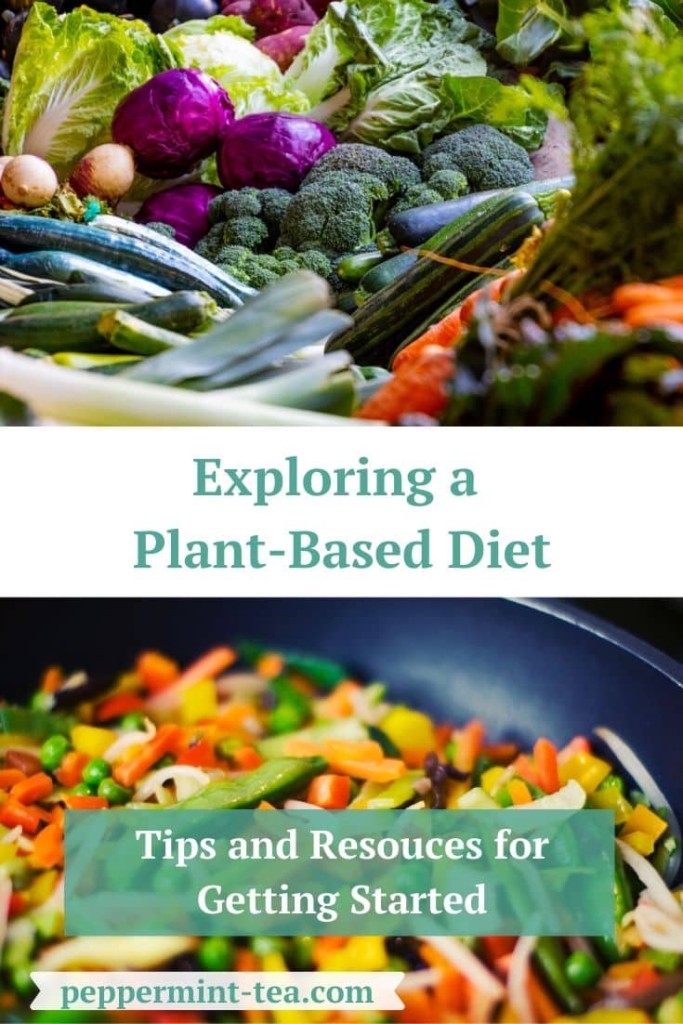
Note: As an Amazon Associate I earn from qualifying purchases made through some of the links included on this page. You can read my disclosure policy here.
What is a Plant-Based Diet?

While many people consider a vegan diet and a plant-based diet to be the same thing, there are experts who believe there are important differences. For our purposes, we’re referring to it as plant-based.
Dr. Neal Barnard, M.D., F.A.C.C. is an adjunct associate professor of medicine at the George Washington University School of Medicine and Health Sciences, president of the Physicians Committee for Responsible Medicine, founder of the Barnard Medical Center, best-selling author and one of the most well-respected voices within the medical community in support of a plant-based diet. He explains that a plant-based diet means that “The animal products, the meat, dairy and eggs, are gone. The advantage of that is that it eliminates all of the animal fat, all of the cholesterol and it puts all the power in the healthy foods – vegetables, fruits, whole grains, beans and the wealth of meals that can be made from them.”
Dr. Brooke Goldner, M.D. is a best-selling author, the founder of VeganMedicalDoctor.com, GoodbyeLupus.com and creator of the Hyper-Nourishing Nutrition Protocol for Lupus Recovery. She explains that when you talk about a vegan diet, “Really what that means is what you don’t eat. On a vegan diet, you eschew anything from an animal, as well as not using animal products in other areas of your life.” But, she cautions, there are many vegans who eat processed foods, which can actually be “super unhealthy.” The term whole foods plant-based focuses on what you do eat and means that “Your food comes from intact food sources and not processed.”
Healing Power of a Plant-Based Diet
Focusing on the foods you need to eat to heal not just the foods to avoid is something that Dr. Goldner is extremely passionate about. She credits a plant-based diet with ridding her body of Systemic Lupus Nephritis, a disease that nearly killed her and that she had been battling for 12 years. She’s now been Lupus free for 13 years. (For more on her story, please read Healing Power of Food: A Doctor’s Journey From Disease to Health)
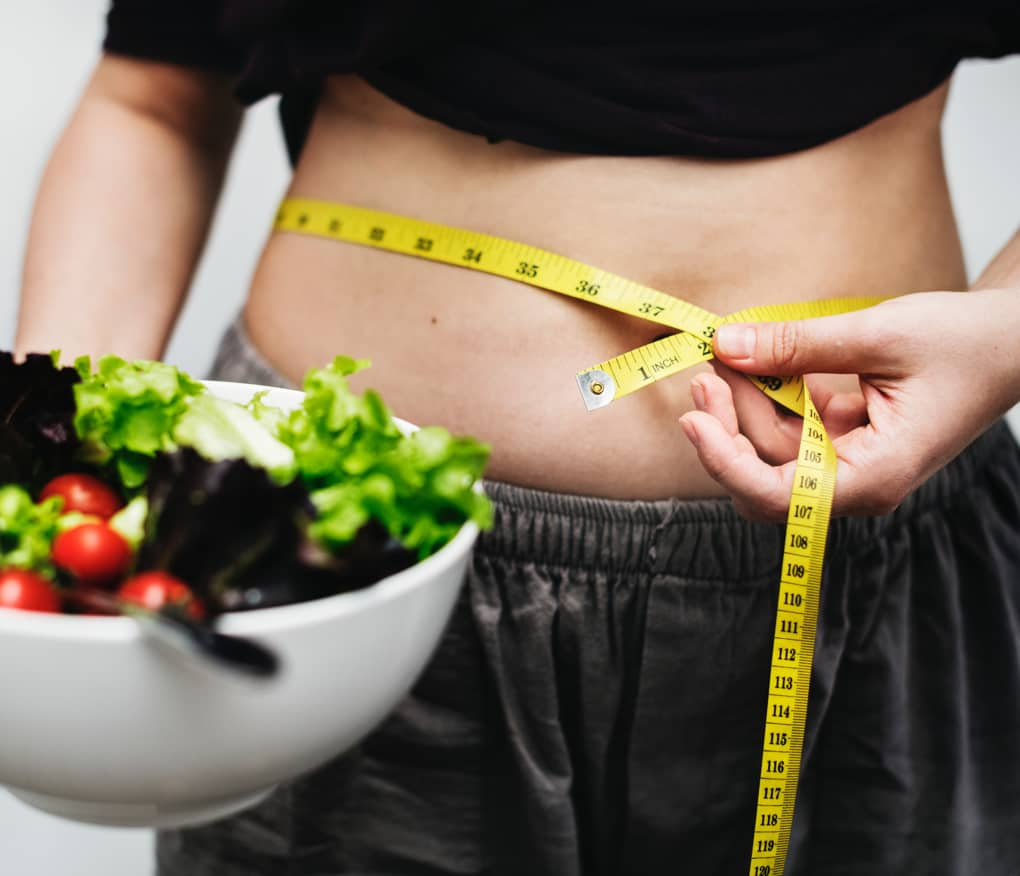
Why a Plant-Based Diet?
Both of our experts agree that there are many health benefits to a plant-based diet. Dr. Barnard lists among them weight control, reducing cholesterol and protecting the heart, reversing heart disease, reversing diabetes or improving it, reducing cancer risk and probably reducing Alzheimer’s risk. Dr. Goldner agrees wholeheartedly. She says that “All of our cells, every single cell in our body, is made out of what we eat. There’s no way around it. Literally, that expression, you are what you eat, is true. We make ourselves out of our foods. The reason that people get sick is that they’re either eating foods that make them sick and/or they’re not eating the foods that their body uses for repair and healing.”
Benefits of a Plant-Based Diet
Cells need vitamins, minerals, antioxidants and all the different phytonutrients that are found in living plants to repair themselves. According to Dr. Goldner, they do not need and are damaged by animal products, processed oils (because they’re inflammatory), and processed foods, “which tend to have a lot of oils and sugars and things like that as well as chemicals that are not meant for the human body.”
Even though he grew up eating meat, Dr. Barnard has understood for a long time that “Heart disease is the number one killer, and heart disease comes from diets that are heavy in animal fat and cholesterol. When people don’t eat those things, their risk of a heart attack goes way, way down.” He also links what we eat to colon cancer and many of what he calls hormone-related cancers such as breast cancer, uterine cancer and prostate cancer.
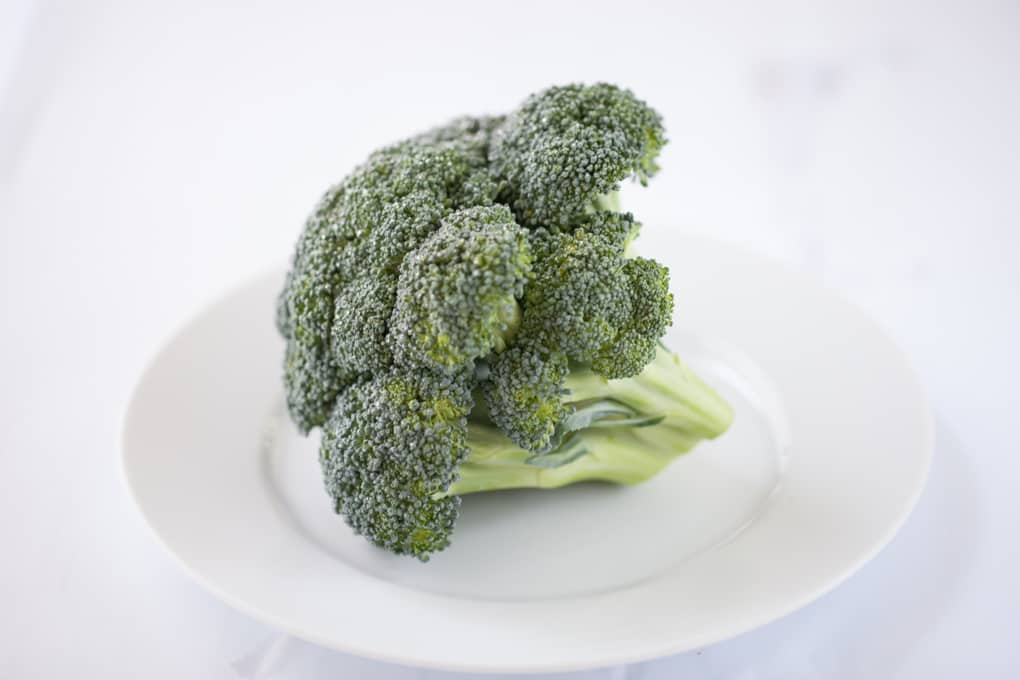
Plant-Based Nutrition
One of the biggest questions that seems to come up regarding a plant-based diet is whether you can really get all of the protein, calcium and other nutrients you need. Dr. Barnard offers his thoughts on each of these.
Protein
- “Think to yourself, how did a bull get to be so big because a bull is vegan. Or an elephant or a giraffe or a gorilla or a cow, and you think how did that happen? It’s because plants have lots of protein. To give you some numbers, the U.S. Government and pretty much all health authorities would say that a woman from day to day needs about 46 grams of protein a day. For a man, maybe 56. Let’s say as an experiment, I wasn’t going to eat any animal protein at all – in fact, on one day, if I eat maybe 2,000 calories a day, on this day of my experiment, I’m only going to eat broccoli, nothing but broccoli. That would give me 146 grams of pure protein.
- What people actually do on a plant-based diet is they have some broccoli, some other green vegetables, some lentils, other legumes, some fruit and some grains. You always end up with more than enough, even if you are an athlete, a growing child, whoever, you’re always going to get enough protein as long as you’re having any just normal variety of these plant-based foods.”
Calcium
- “Cows don’t make calcium. The calcium that’s in the ground as an element gets into the grass through the roots. When the cow eats grass, some of the calcium gets into their milk. But you only absorb about 30 percent of that, so if you eat green vegetables directly – it could be broccoli, brussels sprouts, kale, collards or any of the greens – you’re getting calcium. And most of them, have very high absorption, so it’s much more efficient than getting it through milk.”
Other nutrients
- “Vitamin B12 isn’t made by animals at all. It’s not made by plants. It’s made by bacteria, and you need a tiny trace of it for healthy nerves and healthy blood. I believe people should just supplement it no matter what their diet is. A B12 supplement is going to be far better than the fortified foods or any other source. You don’t need other supplements – except vitamin D. If you’re not getting a lot of sunlight, a supplement would be a good idea.
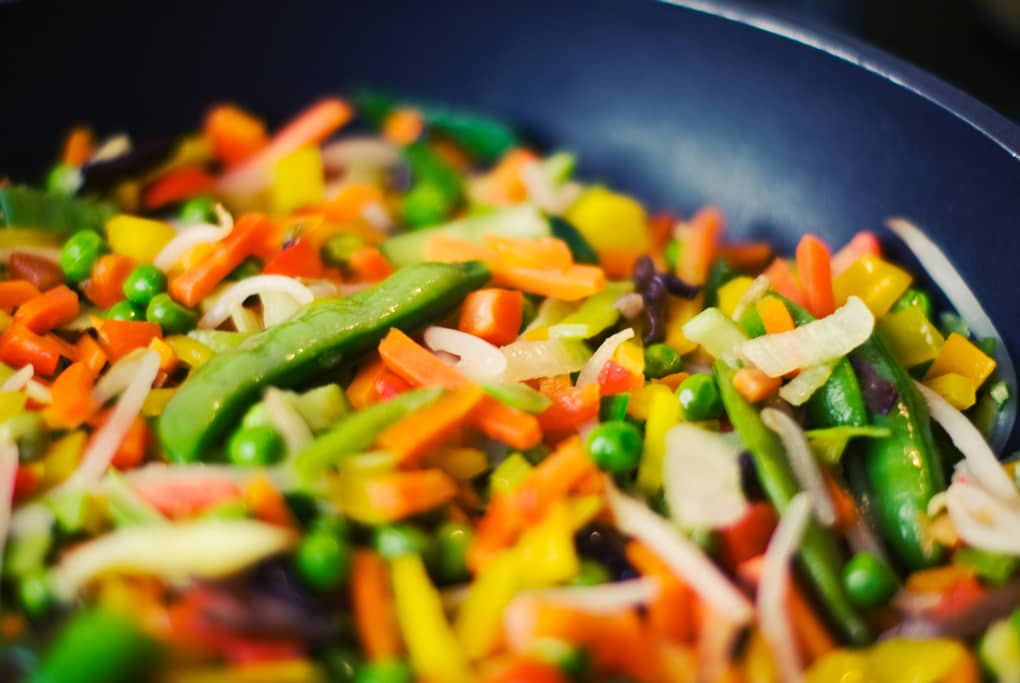
Tips for Getting Started with a Plant-Based Diet
Here are some tips that Dr. Barnard and Dr. Goldner offer for getting started with a plant-based diet.
1. Figure out why you might want to switch to a plant-based diet.
- While Dr. Goldner calls this “Why Power,” both she and Dr. Barnard agree that it’s one of the key first steps. Dr. Goldner advises that you need to figure out why you want to change your lifestyle. “You have to really focus on the life you want, not the food you want because willpower always fails. Why power always wins.”
2. Take 7 days and try out plant-based foods.
- Barnard suggests not taking anything out of your diet, but just check out what the possibilities might be. Dr. Goldner says that in this step, you’re simply adding what you’re missing. Whether it’s smoothies, oatmeal with blueberries or cinnamon, a veggie burger from your local burger place or fancy Italian, try adding in things that are new and write down the ones you like.
3. For 21 days, eat all plant-based, all the time.
- Once you’ve figured out which plant-based foods you like in step #2, Dr. Barnard says you’re ready for step #3. For 21 days, eat only plant-based foods. He predicts that at the end of that time, two things will happen. “Physically, you’ll be healthier. You’ll be losing weight, and your cholesterol will be coming down. If you have diabetes, your glucose is coming down too. You’re feeling better. But the other thing is that your tastes are changing and drifting in a healthier direction, and you see how easy it is.”
4. Don’t be afraid of starting over.
- Goldner advises that if you eat off plan, simply start with the moment you’re in. “Right now is the best time to start over. Don’t put a ton of pressure on yourself to eat perfect. It’s going to be a process.”
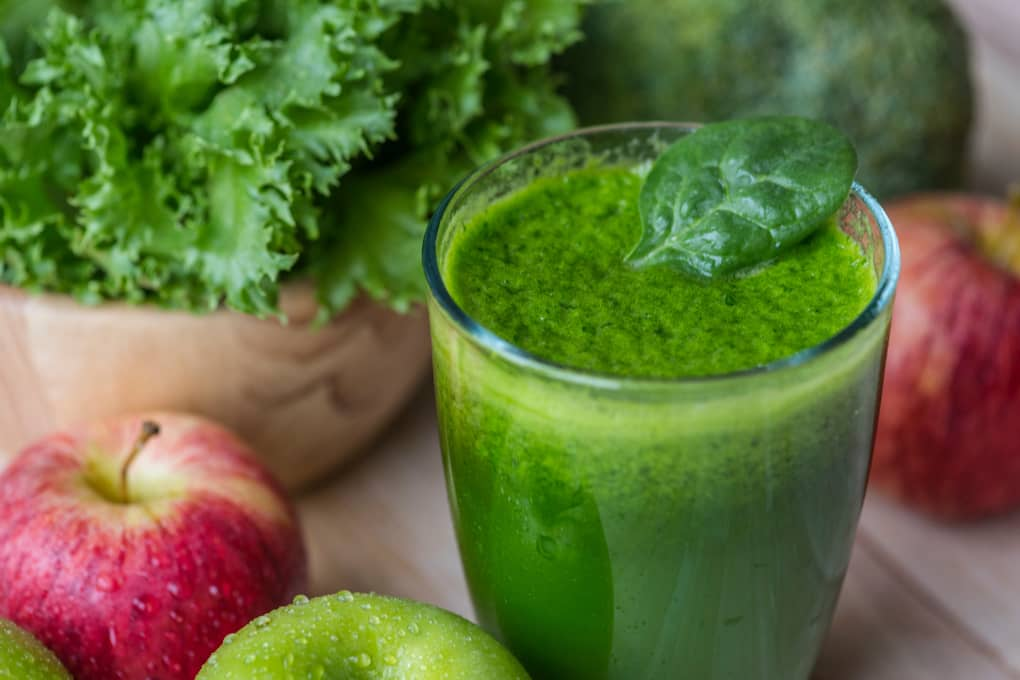
Resources for Eating a Plant-Based Diet
Dr. Goldner
One of the most important things to keep in mind if you’ve decided to transition to a plant-based diet is that you are not alone, and there are plenty of resources available for you. If you’re looking to this way of eating you may want to check out Dr. Goldner’s book Goodbye Lupus (Affiliate Link), as well as her FREE online course focusing on learning the six steps to reverse autoimmune disease with supermarket foods. In addition, Dr. Goldner’s husband Thomas Tadlock, M.S., who is a celebrity trainer, started smoothieshred.com, which offers FREE smoothie recipes, workouts and mentoring. If you don’t want to give any personal information, you can still access the smoothie recipes without signing in.
Dr. Barnard
Dr. Barnard has also written many books on using a plant-based diet to promote healing and optimal health. Those include The Cheese Trap, Dr. Neal Barnard’s Program for Reversing Diabetes and his newest book, The Vegan Starter Kit (Affiliate Link). He says the Starter Kit can be read in 45 minutes and is “your owner’s manual to get a whole new body.” He also suggests the resources available on the Physicians Committee for Responsible Medicine website.
Whether you decide to adopt a whole foods plant-based diet or not, it’s important to be informed and to make a conscious decision about what and how you’re going to eat. As we’ve seen here, the implications for your health and overall wellbeing could be too important not to.
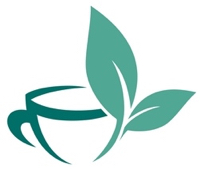
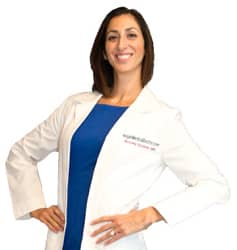

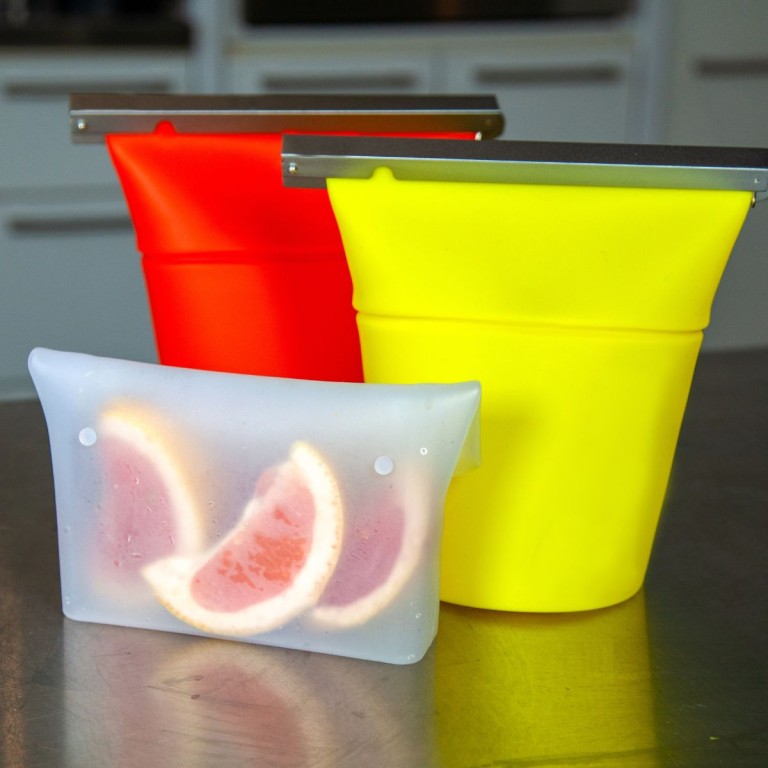


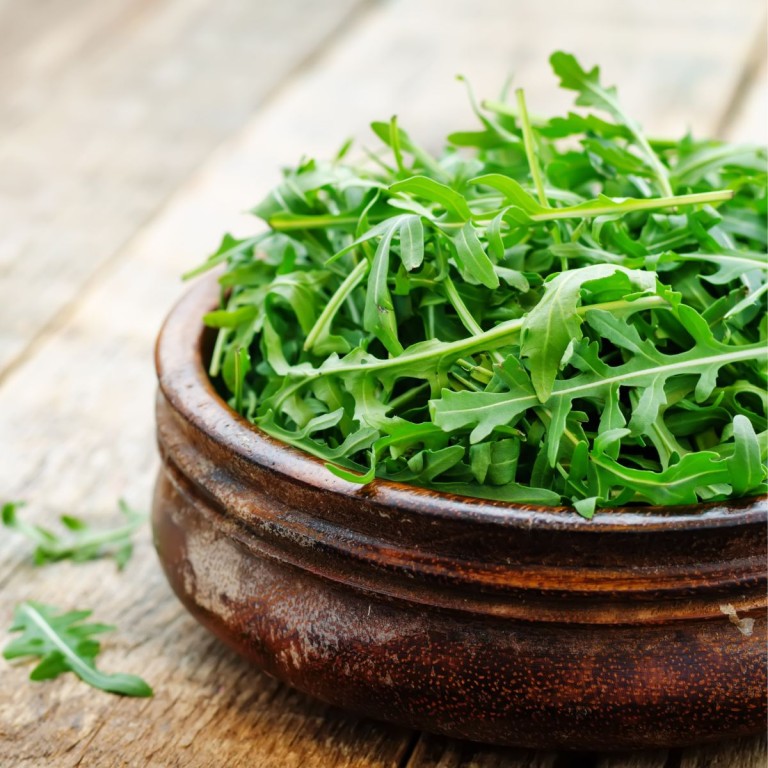
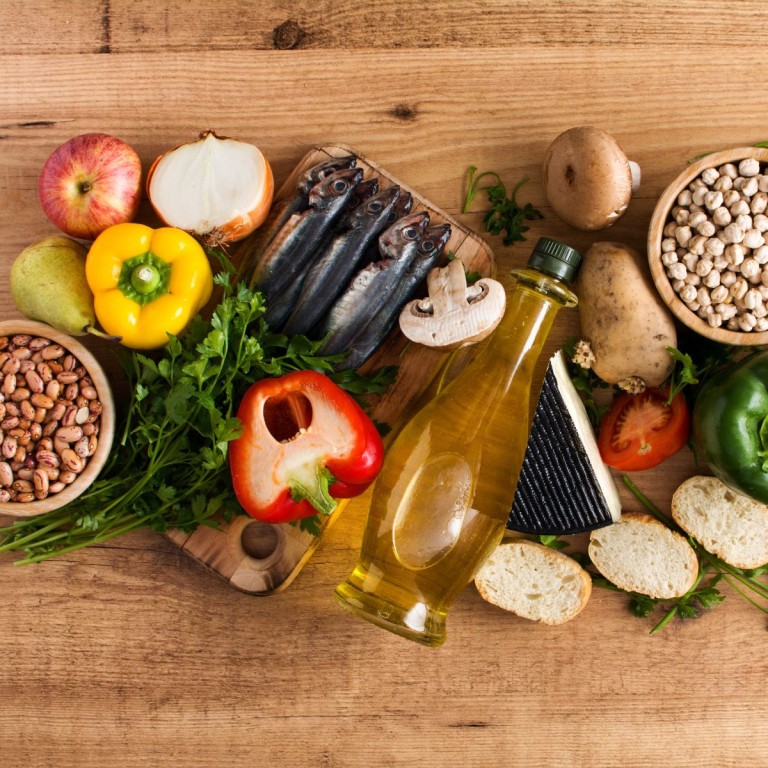
11 Comments